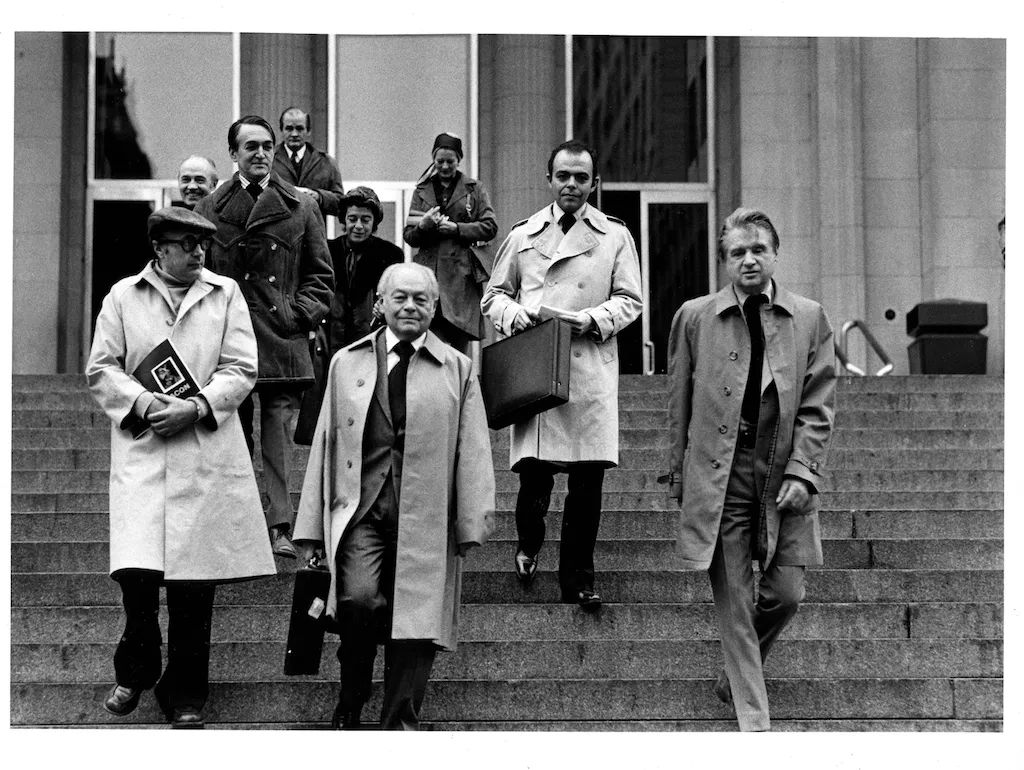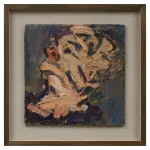
Marlborough Gallery, which for decades held a commanding place in the contemporary art world on both sides of the Atlantic, has decided to sunset its operations and will, as of June 2024, no longer represent artists, estates, or hold exhibitions. The gallery currently has spaces in New York City, London, Madrid, and Barcelona.
According to the people familiar with the phasing out of operations, the gallery’s inventory will be sold over the coming years, with select staff remaining at Marlborough locations to help return consignments to their owners, manage inventory sales, and assure a smooth transition for artists. The gallery said a portion of the proceeds from the liquidation will be earmarked for donation to not-for-profit cultural institutions that support contemporary artists.
The gallery would not comment on the value of its inventory and assets but sources familiar with the business operations say that Marlborough’s cache of photographs, works on paper, and paintings, which is said to be in the thousands, and worth around $250 million. The gallery also has real estate holdings in the United States, the United Kingdom, and Spain.
In a statement given to ARTnews, Franz Plutschow, a member of the Board of Trustees and long-time associate of the gallery’s founders, said, “after long and careful consideration, we made the decision that now is the time to sunset our nearly 80-year-old firm. We are profoundly grateful to all the artists who have been at the heart of Marlborough Gallery and integral to its storied legacy. We are indebted to our expert and dedicated employees, including those who will continue to work with us as we now wind down the business. As we do so, we are mindful that the extraordinary breadth and depth of our inventory testifies to the relationships formed over the decades with some of the most important artists of the modern era.”
According to a source close to the gallery, Marlborough has suffered significant financial losses since 2020 and lost at least two of their major artists, Paula Rego and Frank Auerbach.
Marlborough Fine Art was founded in 1946 by Frank Lloyd and Harry Fischer. The two were eventually joined by David Somerset and built a reputation on French Impressionist and post-Impressionist painters like Edgar Degas and Auguste Renoir. In the 1960s the gallery began staging exhibitions by German expressionists Wassily Kandinsky and Kurt Schwitters, and later came to represent the vanguard of British post-war contemporary artists including Francis Bacon, Henry Moore, Lucian Freud, Ben Nicholson, and Frank Auerbach.
In 1963, Marlborough expanded to New York City, arguably becoming one of the first mega-galleries of its day. It quickly established relationships with and began representing Abstract Expressionists like Philip Guston and Robert Motherwell, and the estates of Franz Kline and Jackson Pollock.
In 2019 the gallery announced it would consolidate its New York City locations, Marlborough Contemporary, in Chelsea, and Marlborough Gallery, Midtown, in a new flagship gallery in Chelsea.
The following year a family dispute resulted in the upheaval of the expansion plans and rumors the gallery would close for good. According to reporting at the time, Gilbert Lloyd, the son of Marlborough founder Frank Lloyd and former head of the gallery’s London operation, orchestrated the toppling of Frank Lloyd’s nephew, Pierre Levai, who served as chairman of the gallery and part owner of its trust. At the time Levai was hospitalized with complications due to the coronavirus.
The gallery’s then president, Pierre’s son Max Levai, told ARTnews in a statement that while his father lay “battling for his life, after testing positive for Covid-19 this spring, the board used his condition for their own advantage, and voted while he was incapacitated to permanently close the New York gallery,” adding that the board’s decision would have “legal ramifications.”
In September 2020, Max Levai sued two of Marlborough’s board members, Stanley N. Bergman and Franz Plutschow, arguing that they tried to ruin his reputation and kneecap his business relationships. The same day, Marlborough sued both Max and Pierre Levai, along with the gallery’s former vice president, Pascal Spengemannl and John Helmrich, its former chief financial officer alleging mismanagement of funds. Sources familiar with the legal proceedings told ARTnews that both cases have been settled.
In a phone interview Max Levai told ARTnews that, “Since the end of June 2020 I have have no involvement with the Marlborough.” When asked about the settlement Levai said only that “the matter was resolved to the satisfaction of all parties.”
According to the gallery, further information about the sunsetting process, the inventory, and the planned philanthropic program will be released in the coming months.
